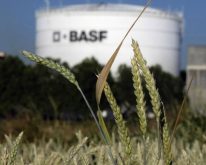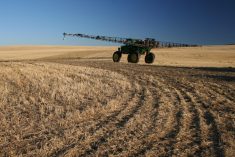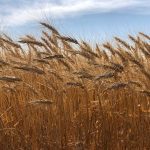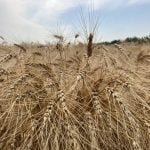The first member of the benzoylacetonitrile group of crop insecticides (Group 25) to come to market in North America will be a mite control for fruit crops.
BASF Canada announced Tuesday it has picked up registration for Nealta, a 200-gram-per-litre suspension concentrate of cyflumetofen, billed as a control for all life stages of tetranychid mites including eggs, nymphs and adults.
Nealta’s registration covers it for use on pome fruits (apples, pears), grapes, strawberries and tomatoes.
BASF’s product label for Nealta calls for a single rate — one litre per hectare — to control all targeted mites including two-spotted spider mite, European red mite and McDaniel spider mite.
Read Also
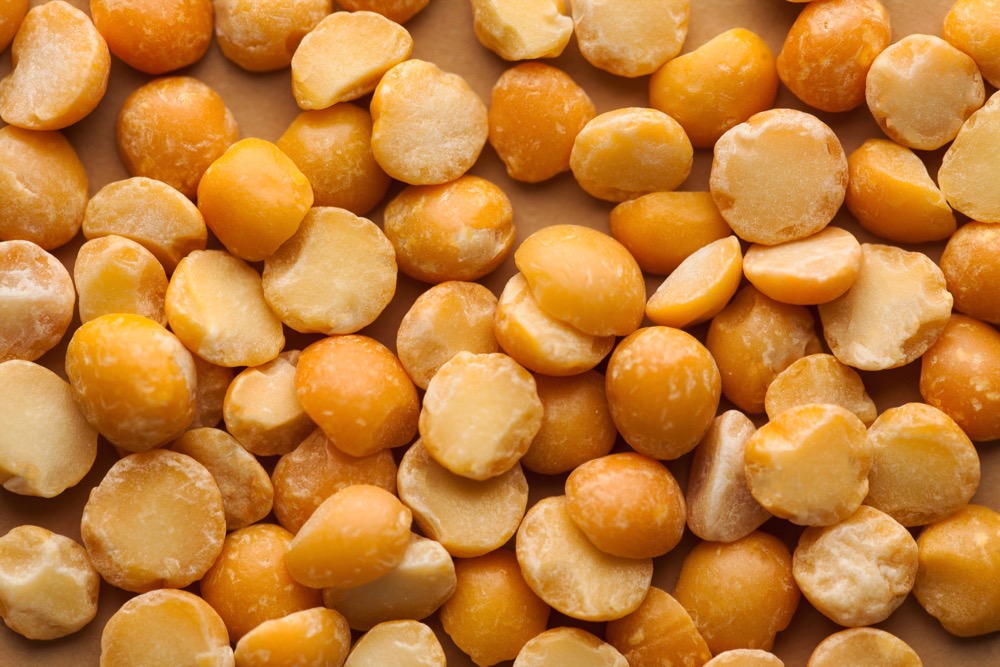
India slaps 30 per cent import duty on yellow peas
India has imposed a 30 per cent duty on yellow pea imports with a bill of lading date on or after Nov. 1, 2025.
The label calls for a pre-harvest interval of 14 days on grapes, seven days for pome fruits, three for tomatoes and one day for strawberries, and no more than two applications in a growing season, at least 14 days apart.
Given the product’s “selective activity” on tetranychid mites, Nealta offers “full safety for bees and other beneficial insects,” Scott Hodgins, BASF Canada’s brand manager for horticultural products, said in a release.
Nealta, he said, “will not only reinvigorate growers’ mite control programs, but also fit perfectly into their IPM (integrated pest management) strategies.”
The product is registered for ground application only and is not to be applied through any irrigation systems or used in greenhouse crops. The label also calls for buffer zones of up to five metres for protection of “sensitive” freshwater or ground habitats. — AGCanada.com Network



